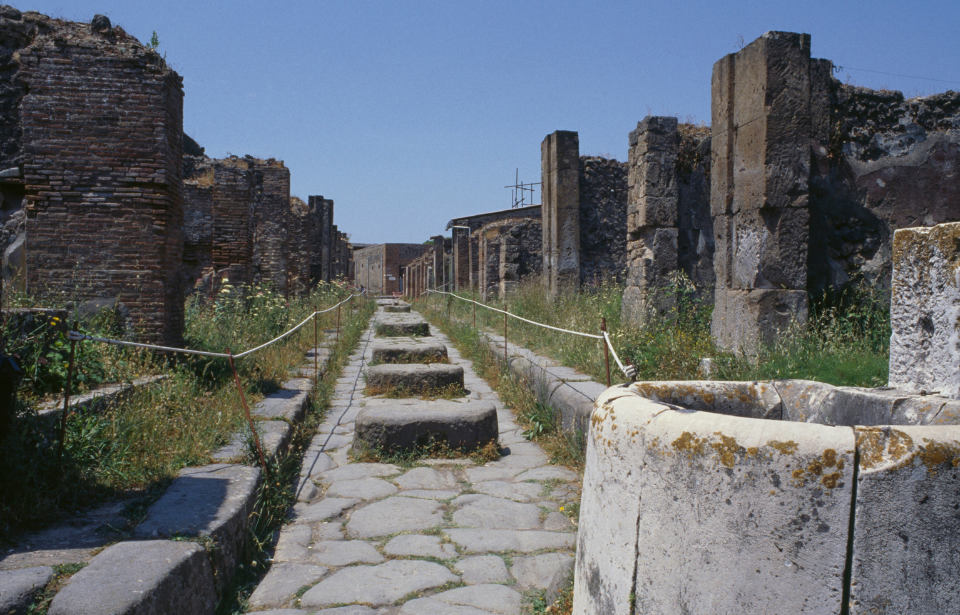Great strides in research have illuminated many discoveries surrounding Pompeii, one of the cities destroyed by the eruption of Mount Vesuvius. Many have believed that the residents of Pompeii all suffered a tragic death at the hands of the natural disaster, but research has proven this to be incorrect. Many were able to flee the city and survive; some even thrived following the event.
The catastrophic Mount Vesuvius eruption
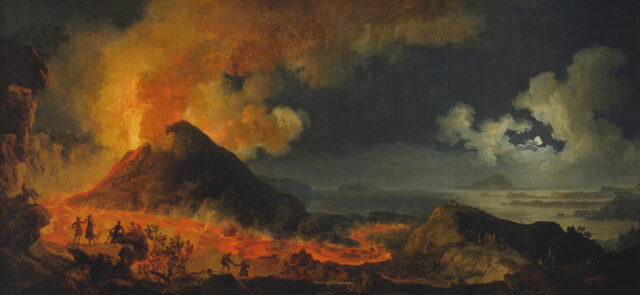
On August 24, in the year 79, Mount Vesuvius erupted with a force that shot over 3 cubic miles of debris up to 20 miles into the air. The ancient cities of Pompeii and Herculaneum were buried under ash and rock, leading to the common narrative that both cities were completely wiped out, their people frozen in time. This story often ends with the rediscovery of these cities in the 1740s, but recent research has added a new chapter to this tale.
The eruption was one of the most catastrophic volcanic events in European history. The pyroclastic flows and surges devastated the surrounding areas, causing widespread destruction and loss of life. The traditional narrative has long focused on the tragic end of these cities, but new evidence suggests that many Pompeii survivors managed to escape and rebuild their lives elsewhere.
Missing objects serve as evidence of evacuation
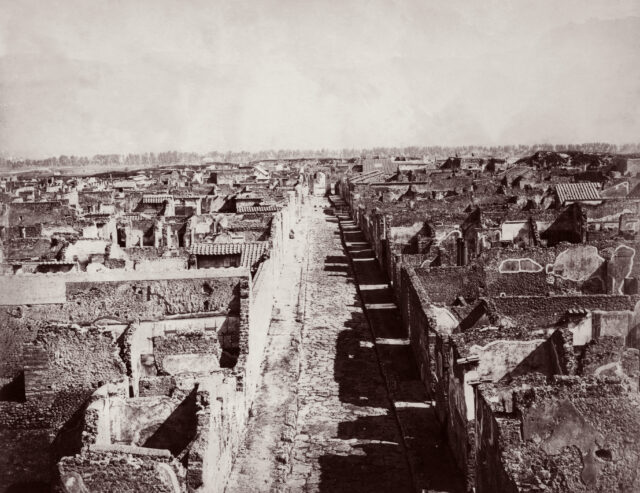
The discovery of new evidence has provided a more comprehensive picture of the events following the eruption. Researchers have uncovered records and artifacts that indicate many residents of Pompeii and Herculaneum managed to flee before the worst of the disaster struck.
The eruption of Mount Vesuvius lasted over 18 hours, and the human remains found in Pompeii and Herculaneum account for only a fraction of their populations. Many objects, such as carts, horses, ships, and strongboxes, are missing, suggesting that many people fled early enough to escape the disaster.
The absence of these items indicates that a significant number of Pompeii survivors had the foresight to evacuate with their valuable possessions. This evidence challenges the long-held belief that the eruption caught everyone by surprise, instead suggesting that there was enough warning for many to escape.
Methodology for finding survivors
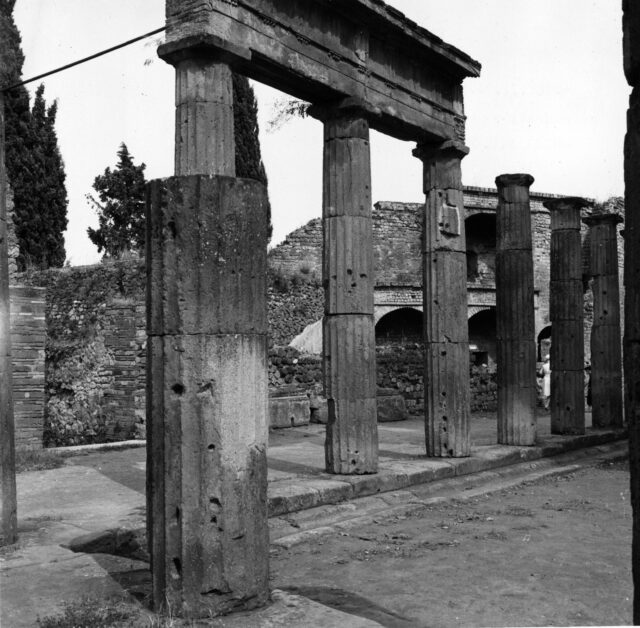
To find evidence of survivors, researchers searched for Roman names unique to Pompeii or Herculaneum in surrounding communities. This methodology revealed over 200 Pompeii survivors in 12 cities, primarily north of Mount Vesuvius, outside the zone of greatest destruction.
By tracing these unique names, researchers were able to piece together the movements of the displaced populations. The presence of these names in various records, such as legal documents and inscriptions, provided concrete evidence of where these survivors resettled. Most Pompeii survivors preferred to stay as close to their original homes as possible, resettling in nearby communities where they could rely on existing social and economic networks.
The decision to stay close to home allowed survivors to maintain connections with friends and family, as well as to continue their economic activities. These social and economic networks provided a crucial support system for those rebuilding their lives. The proximity to their original homes also meant that survivors could retain a sense of familiarity and continuity in their new environments.
Resettlement showed mixed rates of success
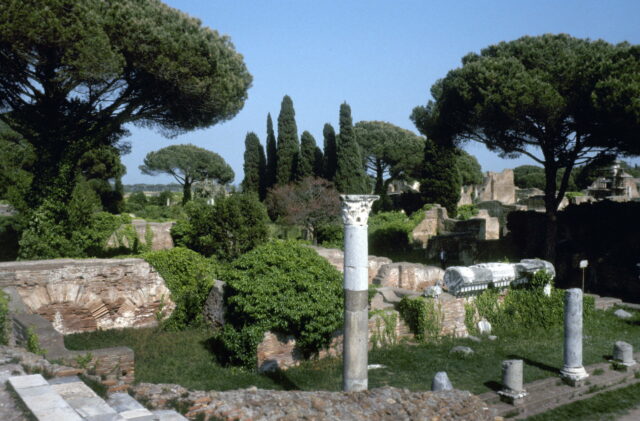
Some families not only survived but thrived in their new communities. The Caltilius family resettled in Ostia, a major port city, where they founded a temple to the Egyptian deity Serapis and built a grand tomb complex. Similarly, the family of Aulus Umbricius, a merchant of garum, resettled in Puteoli and revived their business, naming their first child born in the new city Puteolanus.
However, not all survivors found success. Fabia Secundina, named for her wealthy grandfather, ended up in Puteoli where she married a gladiator who died young, leaving her in financial straits. Other poor families from Pompeii, such as the Avianii, Atilii, and Masuri families, settled in Nuceria, a poorer community. These families faced significant challenges in their new environment, struggling to make ends meet and rebuild their lives.
The government was integral in the recovery effort
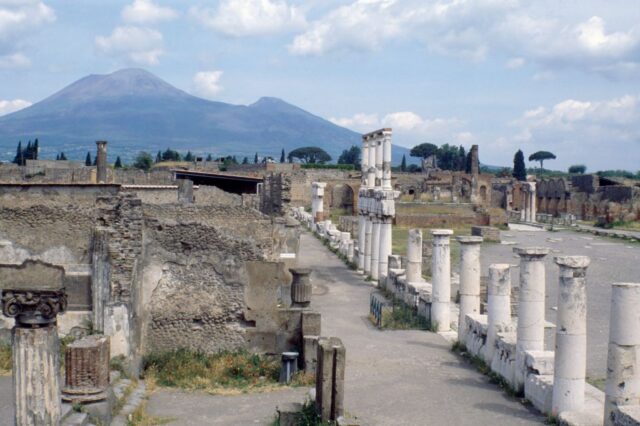
The Roman government played a crucial role in the recovery process, investing heavily in rebuilding properties and infrastructure for displaced populations. This inclusive and supportive approach ensured that Pompeii survivors had the resources they needed to rebuild their lives. Government initiatives included the construction of new housing, the restoration of public buildings, and the provision of financial assistance to those in need. These efforts were instrumental in facilitating the resettlement and recovery of displaced populations.
The story of Pompeii survivors offers valuable lessons for modern post-disaster recovery. Effective government response, community integration, and support can make a significant difference in helping survivors rebuild their lives. The costs of recovery were not debated, and survivors were welcomed into new communities, allowing them to thrive once again.
Pompeii today
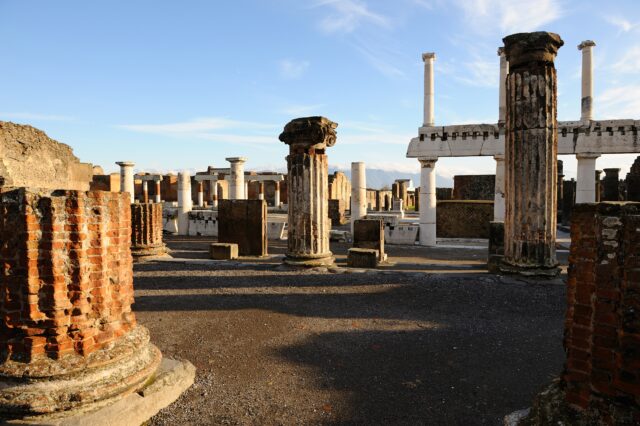
Pompeii has become a major tourist attraction, drawing millions of visitors annually. Guided tours lead visitors through meticulously restored streets, homes, and public buildings, providing an immersive experience of ancient Roman culture. The site also features extensive exhibits, including artifacts, frescoes, and casts of victims, housed in the on-site museum and nearby Naples Archaeological Museum.
More from us: This Italian Town Wants to Sell Off Abandoned Homes for €1 – Why Is It Struggling to Do So?
Contrary to what many have long believed, many residents of Pompeii experienced the eruption of Mount Vesuvius, swiftly evacuated, and survived to tell the tale.
